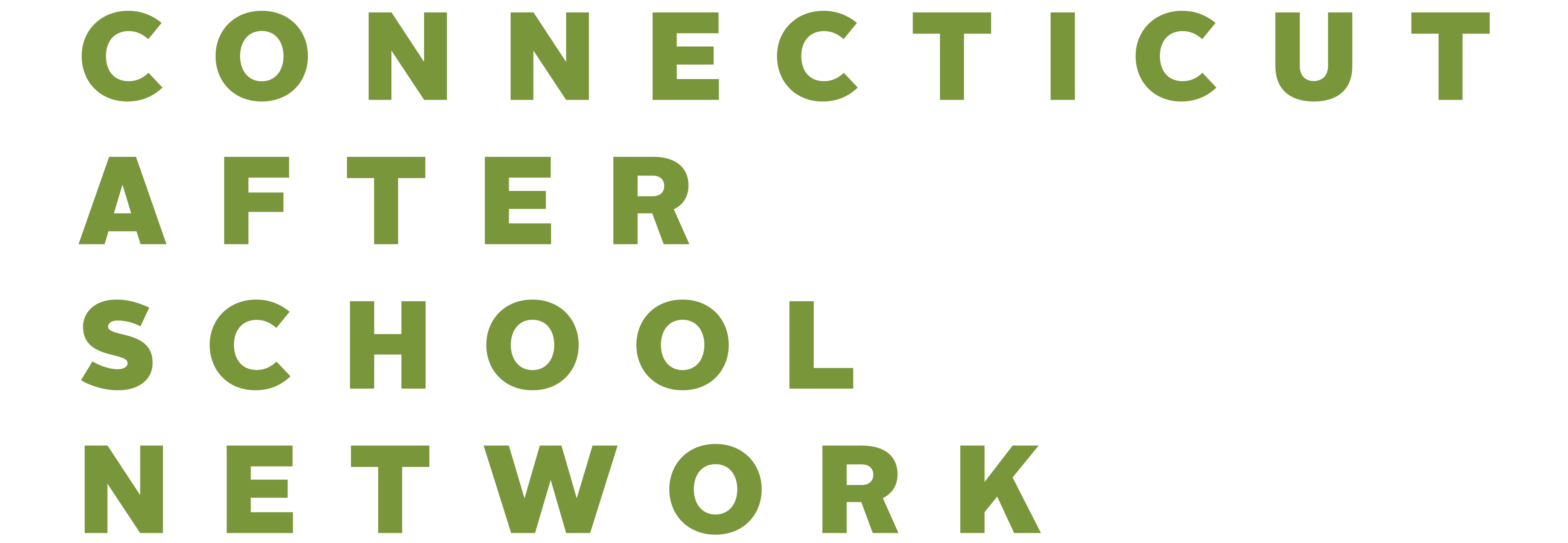What defines a high quality program from a mediocre one comes down to intentional program design. However, the perception of the afterschool program being strictly a babysitting service that meets parental child care needs is still the prevalent view amongst those not working in the field. As after school professionals, it is incumbent that we think critically about the depth of our partnerships and what we are offering in our programs.
It is easy to fall into what I call the “banner 10” activity themes…we all know them. September Apple, October Pumpkin, November Turkey, December holidays, January snowflake, February hearts, March clover, April showers, May flowers, and June Sun. In thinking about intentionality and linking learning goals to program design, we must transcend the typical and cross-pollenate our programs with the academic rigor of the school day to compliment the real-world relevance our programs offer.
Two critical components of this equation are engaging children and youth in the process and program, and bridging the teaching and learning of the school day with hands-on experiences afterschool. One example of this could be making history come alive through playwriting, production, and performances in the afterschool program. It could also be taking a hike in the woods to learn about local history, folklore, or nature and intentionally connecting it to what the children are learning during the school day.
Too often we do an activity just for the sake of doing it without stepping back and thinking why are we doing this, and more importantly asking the children and youth what is being done through thoughtful reflection. Being intentional in programming takes a little more work, but according to the research, benefits the children and youth in multiple aspects of their lives.
